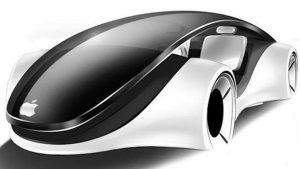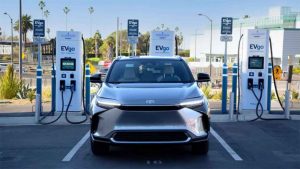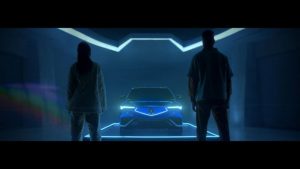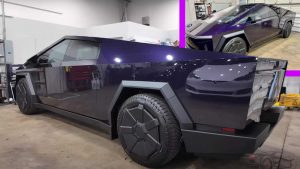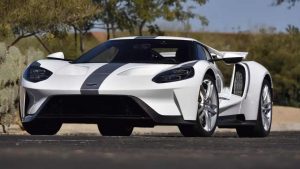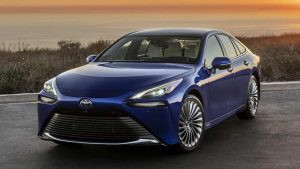Hydrogen-Powered Vehicles: A Historical Journey from the 1800s to the Future
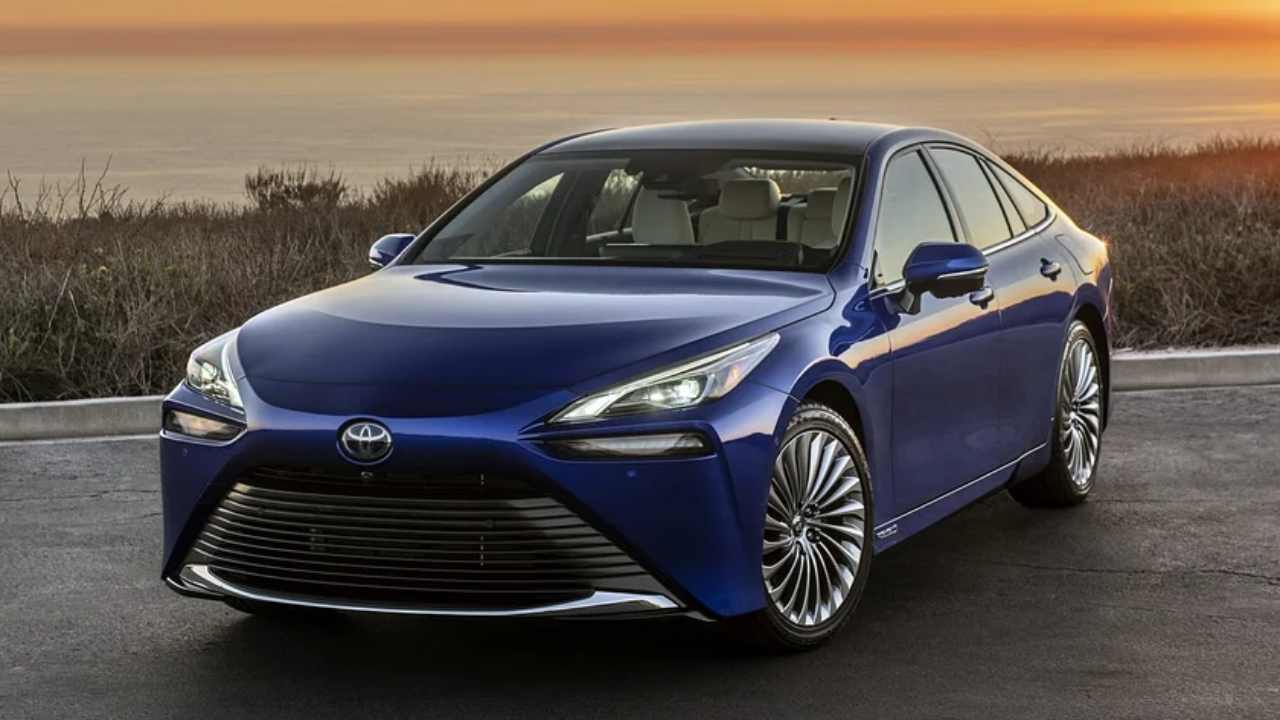
Hydrogen propulsion technology, often overshadowed by electric-only vehicles, boasts a rich history dating back to the 1800s. The journey of hydrogen-powered vehicles has seen significant advancements, and despite current challenges, models like the Toyota Mirai, Hyundai Nexo, and BMW iX5 showcase the technology’s competitiveness and environmental benefits.
Overview of Hydrogen Technology:
Hydrogen serves as a power source in two main ways: combustion in an internal combustion engine (ICE) or as a fuel cell, creating a chemical reaction. Hydrogen combustion, with its energy density and water as the primary emission, mirrors traditional ICE engines. On the other hand, fuel cell technology involves a chemical reaction between hydrogen and oxygen, generating electrical energy to power electric motors in vehicles.
Benefits and Drawbacks:
Hydrogen presents advantages such as quick refueling, energy efficiency, and water-only emissions. However, challenges include the cost and pollution associated with current hydrogen-capturing processes, issues with storing and packaging liquid hydrogen, and a lack of hydrogen-fueling infrastructure, particularly in the USA.
The First Hydrogen Vehicles:
The earliest hydrogen-powered vehicles were combustion-based, with Swiss inventor Francois Isaac de Rivaz creating the first combustion engine using hydrogen and oxygen in 1806. In 1860, Frenchman Etienne Lenoir developed the “Hippomobile,” likely the first vehicle powered by electrolyzed hydrogen. Despite early innovations, gasoline prevailed in the first half of the 20th century.
Hydrogen Advancement in the 20th Century:
Limited by the dominance of gasoline, hydrogen-powered vehicles saw a resurgence during World War II, with the Soviets converting trucks to run on hydrogen. In 1966, American Roger Billings converted a Model A to hydrogen, and GM unveiled the Electrovan, the first hydrogen fuel cell car, in 1966. Advancements continued in the 1970s, with BMW, Mercedes-Benz, and Japanese institutes showcasing hydrogen-powered prototypes.
Recent Hydrogen-Powered Vehicles:
The 2000s witnessed a shift from hydrogen combustion to fuel cells. Toyota, Honda, and Hyundai introduced commercial fuel cell vehicles in the early 2000s. The Toyota Mirai, introduced in 2014, and the Hyundai Nexo, introduced in 2019, offered consumers options for purchasing hydrogen vehicles.
The Future of Hydrogen:
The future of hydrogen appears promising, with automakers like BMW testing hydrogen fuel cell SUVs. There’s also a resurgence of interest in hydrogen combustion, with Toyota racing a hydrogen combustion GR Corolla in Japan. Innovations in engine designs and high-performance models, such as Pininfarina’s NamX HUV, showcase the ongoing development in hydrogen technology. However, widespread adoption requires political funding, infrastructure development, and increased support from early adopters.
In conclusion, the historical journey of hydrogen-powered vehicles highlights both the challenges and potential of this technology in shaping the future of sustainable transportation.

